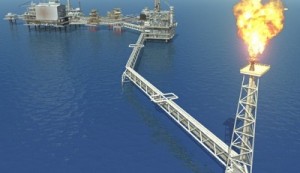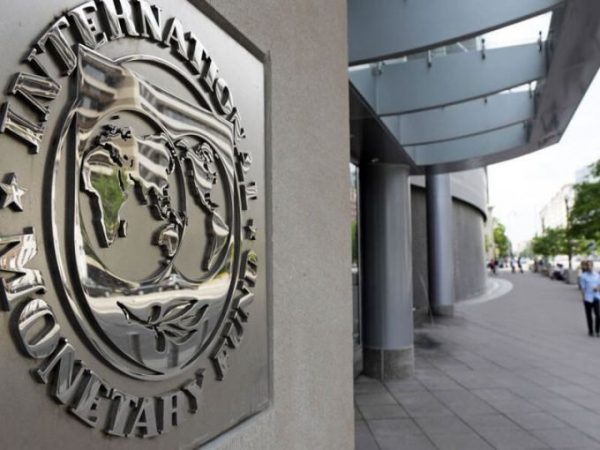 Tier-2 banks are over exposed to the bad debts in oil and gas sector with the allocation of 27.4 per cent of gross loans to the sector as against Tier-1 banks’ 26.5 per cent.
Tier-2 banks are over exposed to the bad debts in oil and gas sector with the allocation of 27.4 per cent of gross loans to the sector as against Tier-1 banks’ 26.5 per cent.
Interest in the lending structure of the banks has been magnified by the plunge in global oil prices, with oil and gas related non-performing loans(NPLs) contributing an average of 12.7 per cent to the NPL ratio across banks.

A financial investment and advisory bank, Afrinvest West Africa, in its 2015 Nigerian Banking Sector Report entitled :Looking Ahead: Nigerian Banking in the Next Decade, revealed that the loan books of banks across both tiers are mainly concentrated in the oil and gas sector, representing 26 per cent.
“We imagine that the preference is based on high revenue/profitability upside, stronger cash flow and developed supportive infrastructure that have lowered risk perception. However, the current challenge of lower crude oil prices has significantly weakened the assets quality of banks, with oil and gas related NPLs contributing an average of 12.7 per cent to NPL ratio across banks,” Afrinvest said.

It explained that the allocation of credit to the oil and gas sector appears disproportionate to the sector’s contribution to the GDP, which was about 11.2 per cent, while suggesting a crowding out of other productive sectors of the economy.

“For instance, the agricultural sector, which contributed more than 20 per cent to GDP, is observed to receive only 4.4 per cent of total credit allocation in 2014. Upon further analysis, it was observed that the structure of lending broadly differed across selected BRICS (Brazil, Russia, India and China) and MINT countries (Mexico, Indonesia, Nigeria and Turkey), mirroring dynamics of the stages of growth and development, economic structure, financial sector framework and banking regulations in the respective countries,” it stated.
Meanwhile, it disclosed that against the backdrop of global economic fragility, oil prices touching new lows, exchange rate volatility and unconventional monetary policy in developed markets as against hawkish stance in emerging markets, including Nigeria, the Nigerian banking industry recorded a gross earnings of N3.3 trillion in 2014 financial year, representing a 17.7 per cent expansion relative to N2.8 trillion in 2013.
It added that the industry’s cost to income ratio moderated significantly from 82 per cent in 2013 to 66 per cent in 2014 despite Central Bank of Nigeria’s hawkish stance on Cash Reserve Ratio (CRR) and Monetary Policy Rate (MPR) during the year, making Profit Before Tax to expand to N682.3 billion (+31.6 per cent) from N501.3 billion in 2013.
The report noted that the industry’s Net Margin settled at 20 per cent, which was 2 per cent below 22 per cent average for countries in the BRICS category.
It added that the Tier-1 banks continued to dominate the industry across performance metrics as players in the classification accounted for 66 per cent of gross earnings (from 65 per cent in 2013), 75 per cent of PBT (from 88 per cent previous year), 70 per cent of total assets (from 68 per cent in 2013), 70 per cent of total loans (from 69 per cent in 2013) and 70 per cent of total deposits in 2014.
 MMS PLUS NG – Maritime, Aviation, Business, Oil and Gas News Online Newspaper with coverage in Maritime, Oil and Gas, Aviation, Power and Energy as well as Financial News
MMS PLUS NG – Maritime, Aviation, Business, Oil and Gas News Online Newspaper with coverage in Maritime, Oil and Gas, Aviation, Power and Energy as well as Financial News









